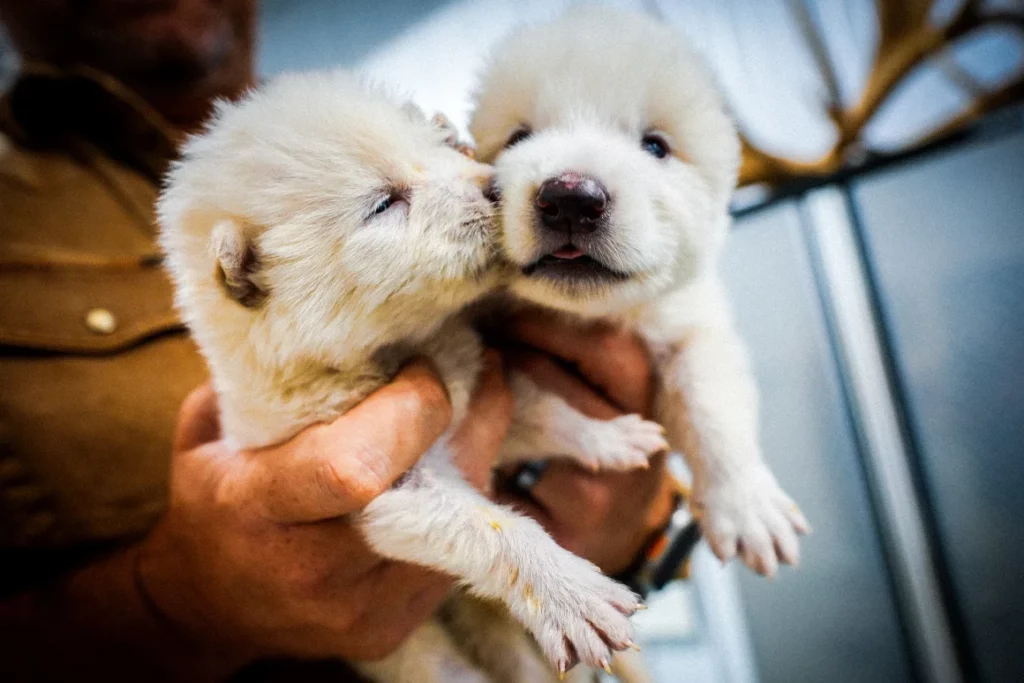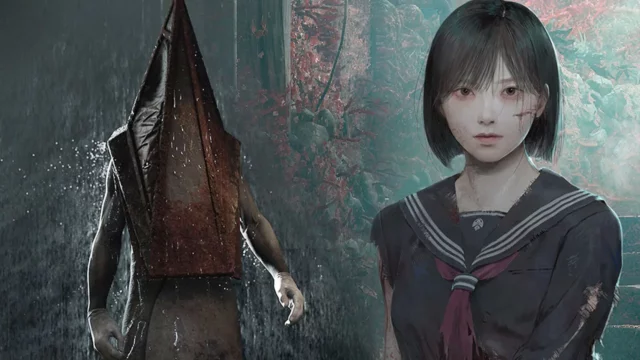Dallas-based biotechnology company Colossal Biosciences announced the genetic recreation of the dire wolf, which became extinct about 12,500 years ago. The company announced that it has produced three dire wolf pups through gene editing, cloning and ancient DNA analysis of gray wolf DNA. With this development, Colossal announced that it has created the world’s first genetically reanimated extinct animal.
The dire wolf, scientifically known as Aenocyon dirus, is a prehistoric predator that lived in North America, larger than gray wolves, with thicker fur and strong jaws. It was stated that the developed pups were very similar to this species in terms of appearance and physical structure. Colossal conducted his work in secret on this species, which he has not shared with the public until now.
The pups are currently living in a secret location on 2,000 acres, surrounded by 3 meter-high “zoo-standard” fences and monitored by security cameras, drones and staff. The facility is approved by the American Humane Society and registered with the US Department of Agriculture.
The dire wolves were developed using ancient DNA from a 13,000-year-old tooth

The dire wolves were developed using ancient DNA from a 13,000-year-old tooth and a 72,000-year-old skull. Based on these DNAs, two high-quality dire wolf genomes were created. These genomes were then compared to the genetic makeup of living predators such as wolves, coyotes and foxes. As a result of this analysis, gene variations were identified that determine the physical characteristics that are unique to dire wolves, such as thick and long fur and light-colored coat structure.
A total of 20 genetic edits were made in 14 genes in gray wolf cells. Using CRISPR technology, the most suitable cells were cloned and the resulting embryos were then implanted into the uteruses of domestic dogs – crossbred females selected from large breeds. Three pregnancies resulted in the birth of three healthy dire wolf puppies. The two male pups were born on October 1, 2024, and the female on January 30, 2025.
Love Dalén, a professor of evolutionary genetics at Stockholm University and one of the project’s advisors, said that 99.9% of the pups’ DNA belonged to gray wolves, but in terms of phenotype – that is, observable physical characteristics – they were extremely similar to dire wolves. The extent to which such hybrids can be considered “dire wolves” is expected to be debated in scientific circles. Dalén called this study one of the biggest steps ever taken in the field.
Colossal was founded in 2021 by Ben Lamm and Harvard University geneticist George Church. The company set out to bring the mammoth, dodo and Tasmanian tiger back to life. Although the mammoth project has not yet yielded any direct results, Colossal reported that it plans to present the first mammoth cubs in 2028. To date, the company has raised at least 435 million dollars in investment.
Along with the dire wolf project, the company announced that it has started using the same technologies for endangered species. In a statement, it was shared that two generations of red wolf pups were successfully produced with newly developed, less invasive cloning methods. Red wolves are among the most critically endangered predator species in the Americas.
Experts who oppose de-extinction technologies emphasize that the huge budgets allocated to such projects should be directed to other areas and that the effects on host animals should not be ignored.
Christopher Preston, a professor of environmental philosophy at the University of Montana, said that Colossal pays attention to animal welfare and that the size of the facility and the support of the Humane Society is an important sign. Preston explained that in gene editing processes, genes associated with negative outcomes are removed from the project and risky variations are eliminated.
However, Preston noted that questions remain about reintroduction and ecological integrity. It is not known whether dire wolves will one day assume an ecological role in natural environments.
Preston said gray wolves already face habitat challenges in states like Montana, so the idea of releasing reintroduced dire wolves into the wild seems unrealistic.
Colossal’s publicized development ushers in a new era in the history of science and biotechnology. The company has turned a goal that until now had only been discussed at a theoretical level into a concrete achievement. However, questions such as how to identify the species created and what place these creatures will have in ecosystems are still on the table.














